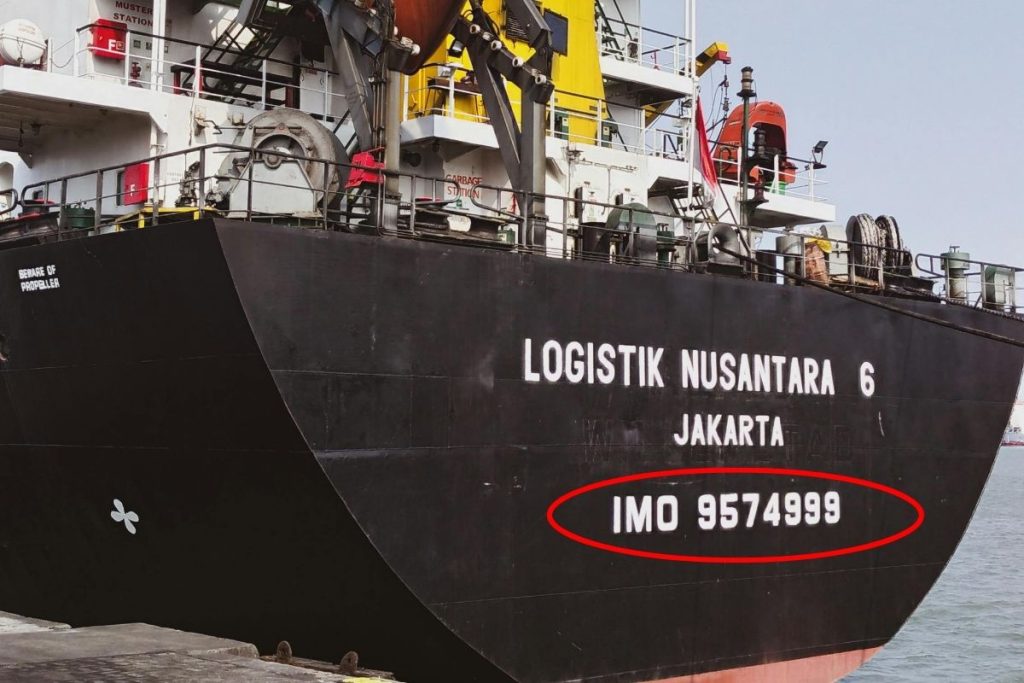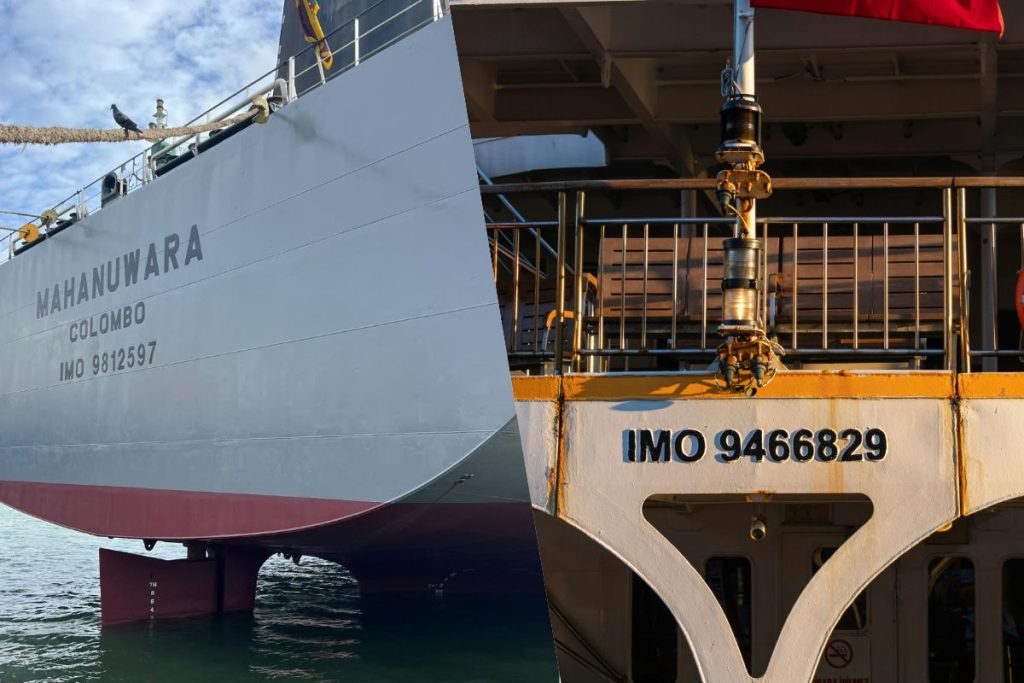You have probably seen that every vehicle is given a number for identification. Cars, buses, lorries, and motorcycles all carry a registration plate issued by the department of motor vehicles. In addition to this, each vehicle also has a unique identity number, called a chassis number or VIN.
Similarly, in the maritime industry, ships are assigned a unique identification number. It is known as the IMO number. The IMO number, short for International Maritime Organization number. It is one of the most important numbers in global shipping. It functions as the permanent identity of a ship.
In this article we will explain what an IMO number is, how it is structured, why it is important, where it is displayed, and how it differs from other ship identification numbers.
What is an IMO number?
An IMO number is a unique seven-digit identification number that always starts with the letters “IMO.” (i.e., IMO 1234567) This number is assigned to ships by the International Maritime Organization. Once given, this number remains unchanged. Even if a ship changes her name, changes ownership, or changes the flag, the IMO number does not change. This permanent identification makes it easier for authorities, port states, ship owners, and maritime organizations to track and regulate ships all over the world.
Why IMO Number Was Introduced?
Before the IMO number system was created, ships could easily change names, flags, or owners to hide their true identity. This made it impossible for authorities to trace the ship’s history. To solve this problem, the IMO introduced the permanent numbering system in 1987 under the SOLAS convention (Safety of Life at Sea).
From that time, all passenger ships and cargo ships above 100 gross tons were required to carry an IMO number. This change made a big difference in global shipping. It improved safety, security, and transparency in the maritime industry.
Who Assigns the IMO Number?
The IMO Number is assigned by IHS Markit (now part of S&P Global) on behalf of the International Maritime Organization. This organization maintains a global database of ships and ensures that each ship has a unique identification number.
What Does an IMO Number Look Like?
The format of an IMO number is simple and easy to recognize. It always begins with the letters IMO followed by seven digits. The last digit is known as a check digit. It is used to confirm that the number is valid. This makes it easier for officials, port inspectors, and regulators to verify their number quickly without error.

Although the number is simple, it plays an important role. It allows authorities to immediately identify a ship and confirm whether it complies with international rules.
Where Can You Find the IMO Number on a Ship?
The IMO number is not hidden. Every ship is required to physically display this number. So that it is always clearly visible to inspectors and port officials. Normally, it can be seen on the ship’s hull or on the superstructure. Inside the ships, it is also displayed on the bridge, in the engine control room, and in the accommodation area.

In addition to being displayed on the ship, the IMO number is printed on all important shipping documents. These include safety certificates, registration papers, and pollution prevention certificates. This makes it easy for port officials and inspectors to quickly verify a ship’s identity whenever it enters a port.
Why is the IMO Number Important?
The IMO number may look like just a series of digits. But it has transformed the way shipping works. An IMO number is important for many reasons.
Safety is one of the most crucial reasons for its existence. When an accident happens at sea, investigators rely on the IMO number to trace the vessel’s history, examine its records, and identify whether similar problems have occurred before. Without a permanent identifier, this process would be almost impossible.
Security is another major benefit. In the past, ships engaged in illegal activities such as smuggling or illegal fishing could simply change their names and flags to evade authorities. The IMO number has made this much more difficult, as the permanent identity of the ship cannot be erased. This adds a vital layer of security to international waters.
It supports regulation because port authorities use the number when checking a ship’s compliance with international rules. If a ship fails an inspection or has overdue certificates, the IMO number ensures that this information is recorded and can be checked in future ports.
Transparency in global trade is also strengthened by the IMO number. Ship owners, charterers, classification societies, and insurers all rely on it to confirm that a vessel is legitimate and trustworthy. This reduces the risk of fraud and ensures that maritime trade remains reliable and secure.
Another thing is that ships can be tracked through these IMO numbers. With the modern technology, we can see the live movement of ships. Even after a ship is scrapped, its IMO number remains in the records.
Real-World Examples of IMO Numbers
Let us look at some famous ships and their IMO numbers.
- Ever Given—This is a giant container ship that blocked the Suez Canal in 2021. The ship became globally famous overnight. People around the world learned its IMO number is IMO 9811000. Even though the ship’s name might change in the future, the IMO number will always remain the same.
- Queen Mary 2—This is a famous and luxurious cruise liner, which has the IMO number 9241061. Over time, the ship might undergo renovations, changes in ownership, or even rebranding. But the IMO number will never change. This consistency is what makes the system so reliable and effective.
These examples show that the IMO number is unique and stays with the ship, regardless of name, ownership, or operational changes.
Final Thought
The IMO number is the permanent identity card of a ship. Just like a vehicle’s chassis number, it stays with the ship for its entire life, regardless of changes in ownership, flag, or name. With the introduction in 1978 under the SOLAS convention, the system has improved maritime safety and security and brought transparency to international trade.
Read Also:


